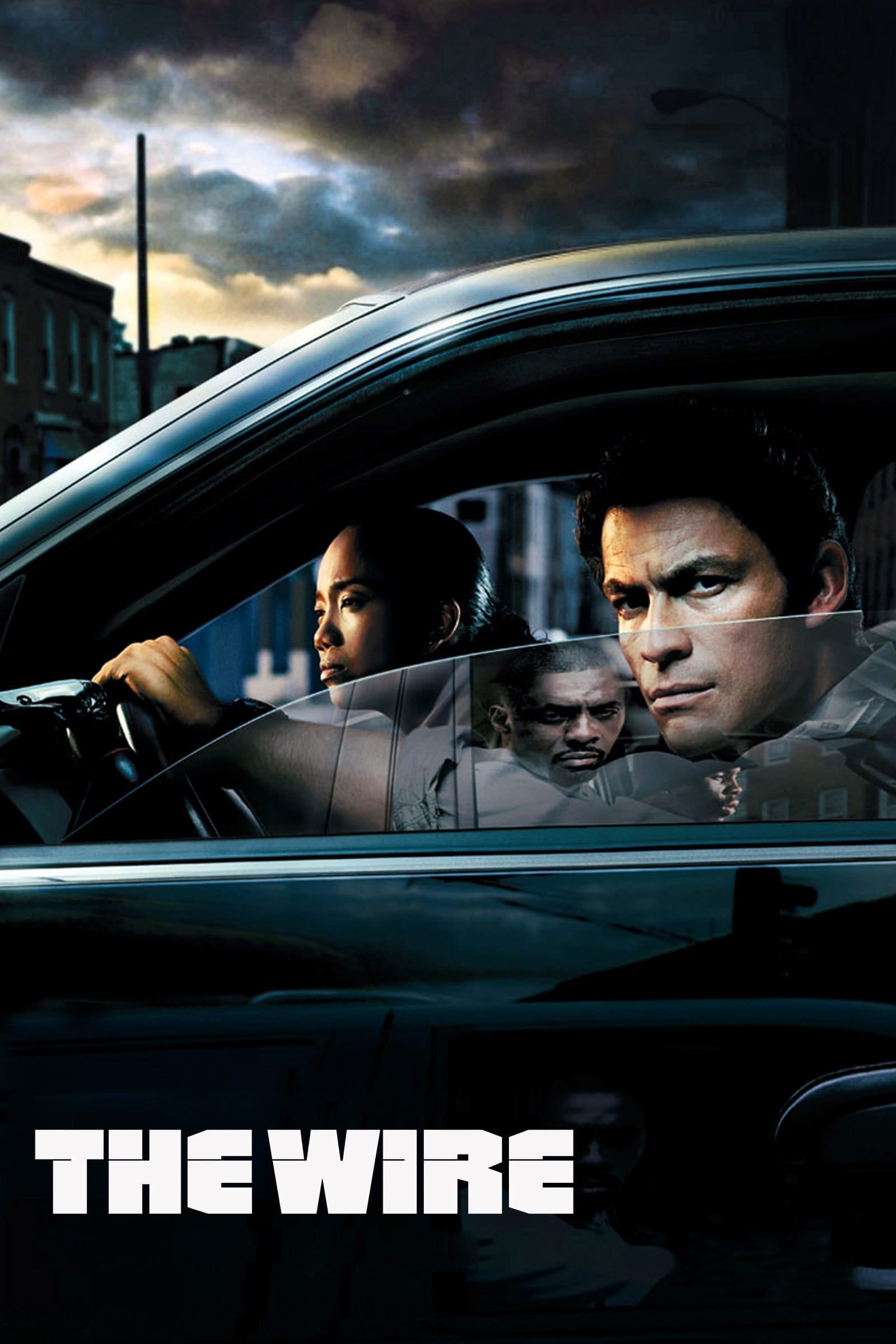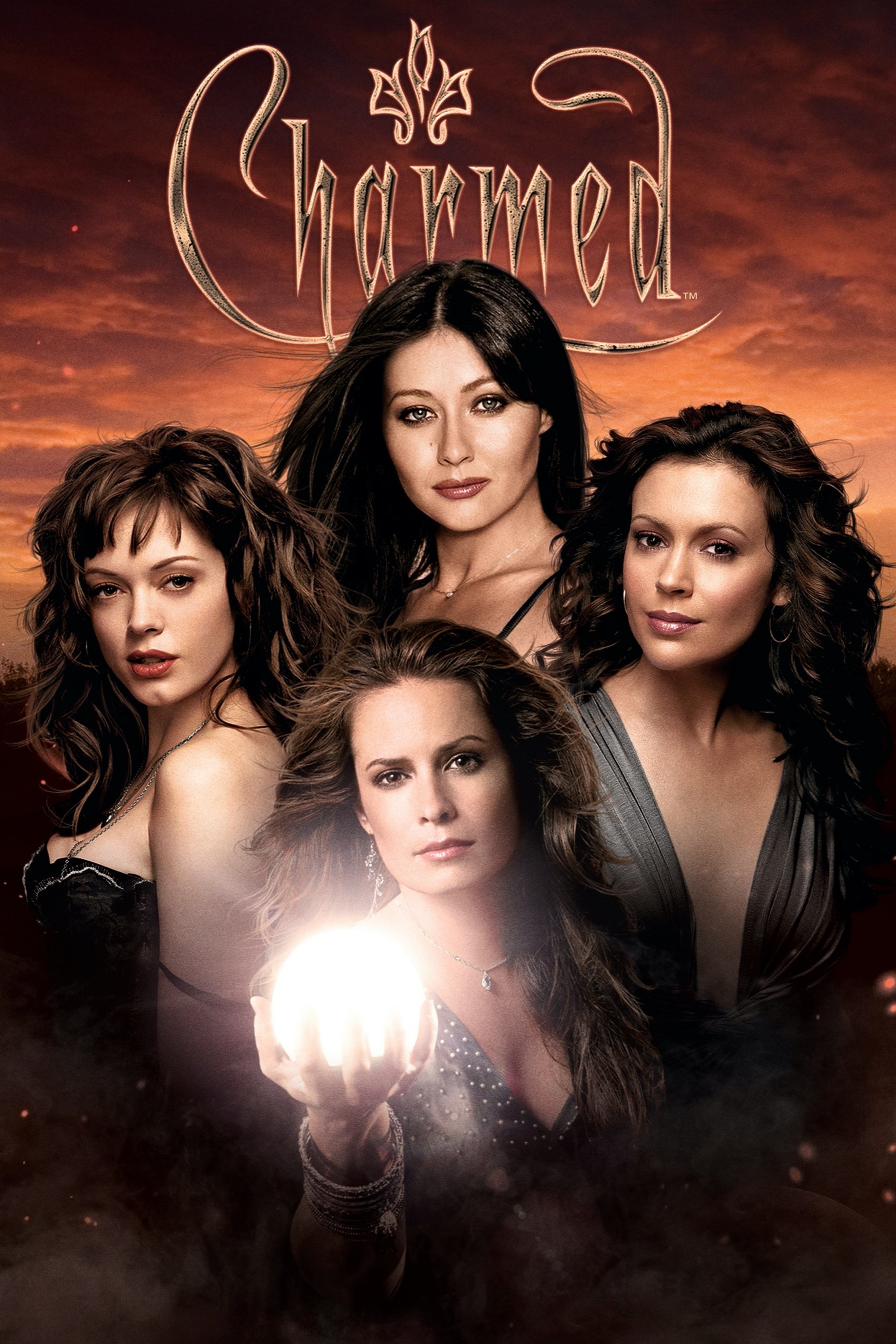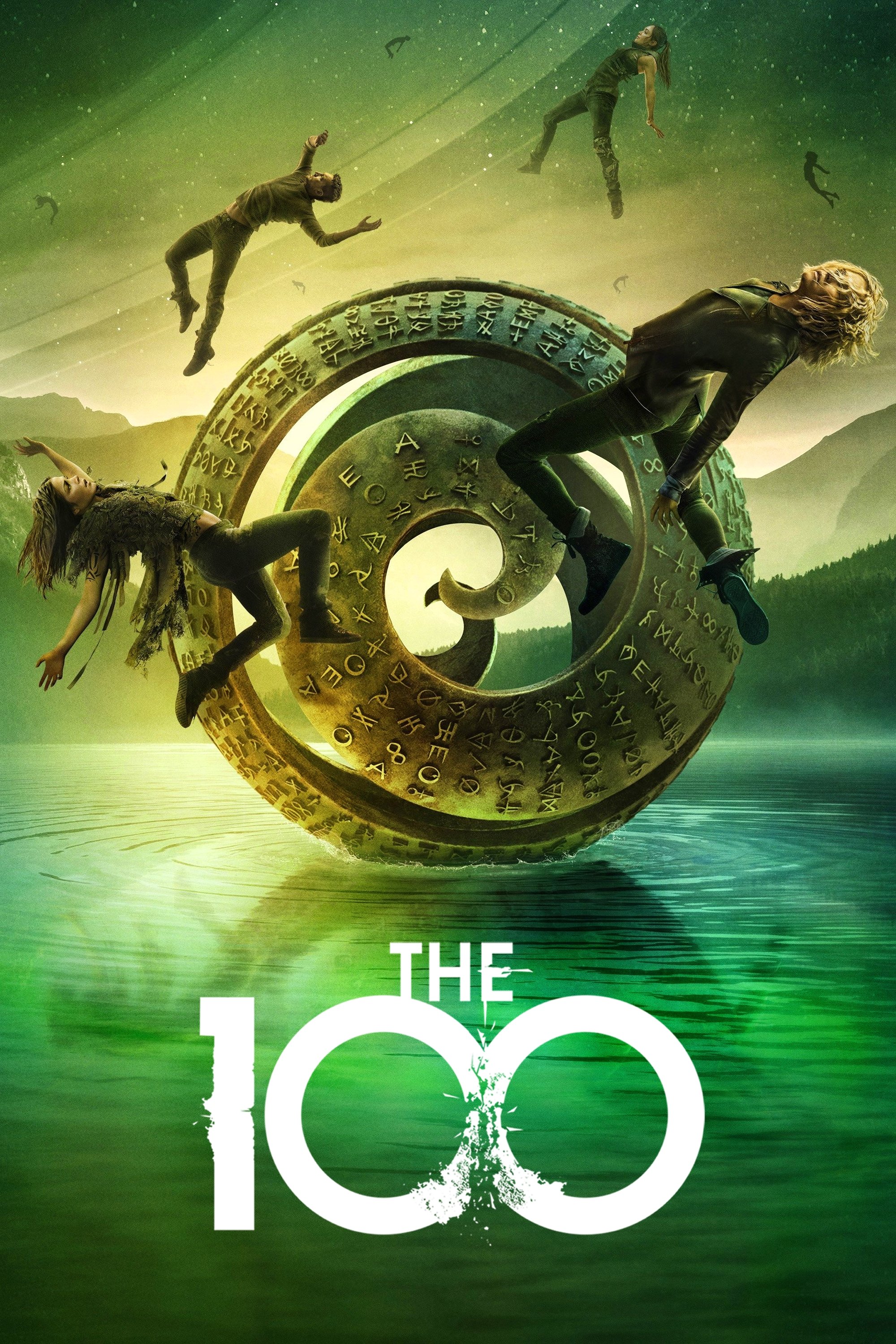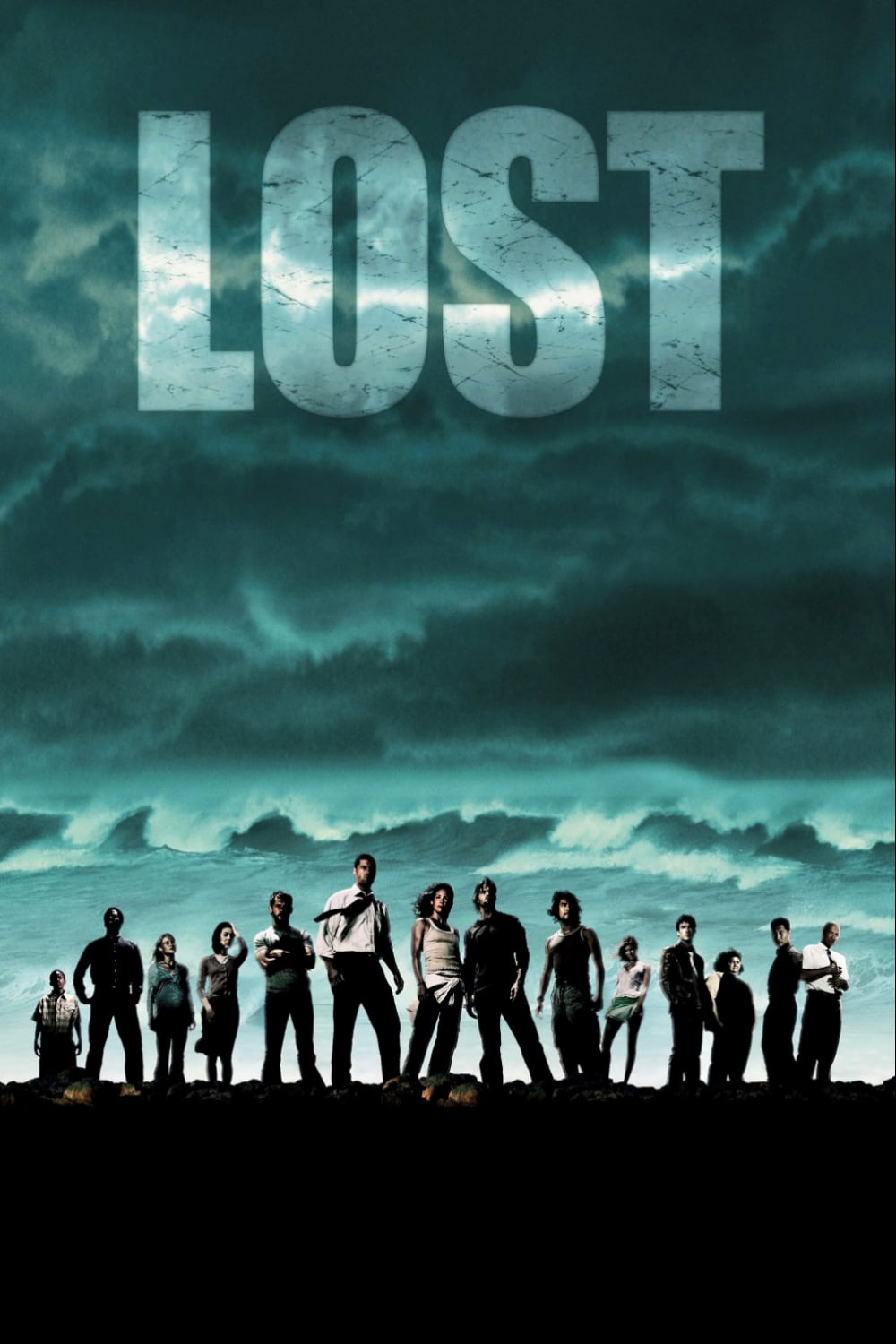
Sometimes, TV writers shock audiences by killing off a popular character, hoping to create more tension and drama. This often leaves viewers worried about the show’s future without someone they loved. However, many shows have bounced back from these losses, proving that a strong group of characters is more important than any one star.
‘Game of Thrones’ (2011–2019)

Ned Stark’s unexpected death in the first season was a huge shock to viewers around the world, as many saw him as the story’s main hero. Up until that point, he represented the show’s strong moral center, and his death demonstrated that any character could be killed off. Despite his loss, the series continued for seven more seasons, becoming a massive global success. Without Ned, his children were forced to grow and become skilled leaders, learning to survive in the cutthroat world of politics.
‘Vikings’ (2013–2020)

The historical series followed Ragnar Lothbrok’s journey from a simple farmer to a famous king. In a surprising move, the writers killed off his character in the fourth season – he died in a pit of snakes. After Ragnar’s death, the story shifted to focus on his sons, who continued the saga for several seasons. The show then broadened its reach, exploring locations as far away as Iceland and North America.
‘The Walking Dead’ (2010–2022)

From the very beginning, Glenn Rhee was a central and beloved member of the group. His shocking death at the start of season seven, caused by Negan, deeply affected many fans. The aftermath of his loss fueled years of conflict as the remaining survivors fought against different enemies. This tragedy also pushed characters like Maggie to become stronger and take on leadership positions.
‘Grey’s Anatomy’ (2005–Present)

Derek Shepherd was a major character and romantic interest on the medical drama for over ten years. His unexpected death in a car accident deeply upset viewers who loved his relationship with Meredith Grey. The show continued successfully by focusing on Meredith as she dealt with being a widow and progressed in her career. It’s still airing today and is one of the longest-running medical dramas ever made.
‘The Wire’ (2002–2008)

Stringer Bell was a compelling character – a smart drug dealer who tried to go straight. When he died in season three, the show began to focus on a new group of young men involved in the drug trade. The series kept exploring how Baltimore’s schools and government were failing its citizens, and later seasons were widely praised for remaining just as strong as the earlier ones.
‘Homeland’ (2011–2020)

For the first three seasons, Nicholas Brody was just as important as Carrie Mathison to the show’s story. When his character was killed in Iran, it wrapped up a key storyline that had driven the series from the beginning. The writers then cleverly shifted the focus to new intelligence work in Pakistan and Germany, which kept the show fresh and exciting for another five seasons.
‘Boardwalk Empire’ (2010–2014)

Jimmy Darmody quickly became a popular character, starting as a mentee and later becoming an opponent of Nucky Thompson. His death at the end of the second season proved Nucky would do anything, even kill, to stay in control. The show then delved further into the complicated world of politics and crime in Atlantic City, and this shocking decision highlighted the tragic flaws of Nucky’s character.
‘Downton Abbey’ (2010–2015)

Matthew Crawley was set to inherit the estate and was vital to the family’s future. His unexpected death in a car accident – happening shortly after his son was born – dramatically changed the show’s direction. The series then focused on how the family coped with a changing world and adjusted to life without the person they were counting on. Despite this loss, the show remained popular and later led to several successful movies.
‘The Good Wife’ (2009–2016)

Will Gardner was the show’s central romantic interest and a brilliant lawyer. His unexpected murder in season five dramatically changed the series. This event forced the main character, Alicia Florrick, to become more independent and assertive. Many viewers and critics consider this twist a turning point that kept the show engaging for the rest of its run.
‘Charmed’ (1998–2006)

Prue Halliwell was the oldest and most powerful of the original three Halliwell sisters. When she died at the end of season three, it disrupted the magical balance the show relied on and meant losing a main actress. To keep the series going, producers introduced Paige, a previously unknown half-sister, and continued the story for another five seasons. The show managed to keep its viewers engaged by centering the narrative on the remaining sisters.
‘Narcos’ (2015–2017)

The show’s first two seasons followed the dramatic life and death of Pablo Escobar, the infamous Colombian drug kingpin. While his death seemed like a natural ending, the series continued with a highly praised third season that focused on the competing Cali Cartel. This change demonstrated that the show could succeed by looking at the larger world of drug trafficking, not just one individual.
‘The 100’ (2014–2020)

Lexa was a strong and popular leader in the series, and her death in season three upset many viewers. The story then focused on a dangerous artificial intelligence. Over the following seasons, the show continued to build its complex world, and the remaining characters had to form new partnerships to survive in the difficult, ruined landscape.
‘Orange Is the New Black’ (2013–2019)

Poussey Washington was a deeply loved character and the heart of the prison drama. When she unexpectedly died during a protest in the cafeteria, it set off a major riot that lasted throughout the show’s fifth season. Her death allowed the series to delve into difficult questions about fairness and the rights of prisoners. The show eventually ended, following the characters as they moved to different prisons.
‘Teen Wolf’ (2011–2017)

Allison Argent began as a central romantic interest and a talented hunter, connecting two groups who were enemies. When she died in the third season, it was a brave act that saved her friends from dangerous supernatural forces. The show went on for three more seasons, introducing new characters, but Allison’s memory continued to impact the decisions and actions of those who survived her.
‘Person of Interest’ (2011–2016)

Detective Joss Carter was a strong and ethical officer dedicated to bringing a team of vigilantes under legal control. Her death in the middle of the third season dramatically increased the tension as the team fought a powerful new AI enemy. After her departure, the show evolved into a more continuous, sci-fi thriller, letting the writers delve into challenging ideas about privacy, monitoring, and power.
‘NCIS’ (2003–Present)

Caitlin Todd played a vital role in the show’s investigations during its first two seasons. Her shocking death by a sniper at the end of season two set a dark and intense direction for the series. When Ziva David joined the team to fill her position, she brought fresh energy that contributed to the show’s growing success. Over the past twenty years, the series has continued to evolve despite many other changes in its cast.
‘Dexter’ (2006–2013)

As a huge fan of ‘Dexter,’ Rita Morgan always felt like the one truly grounding force in his life, a reminder of what he was fighting for, even as he did terrible things. Honestly, when the Trinity Killer took her out at the end of season four, it was a genuinely shocking moment – I remember exactly where I was when it happened! The show really shifted after that, becoming much more about Dexter trying to navigate fatherhood while keeping his double life hidden. It ran for another four seasons after that, and then, surprisingly, came back for a limited revival series. It was a long ride, but Rita’s loss was a pivotal point, and a moment that really stayed with me.
‘Lost’ (2004–2010)

John Locke was a central figure on the show, deeply believing the island held a special purpose. His death, and the surprising reveal that he was replaced by the Smoke Monster, created a major twist in the later seasons. The Smoke Monster then used Locke’s appearance to torment the remaining survivors until the very end of the series. Even after his death, Locke’s ideas and beliefs continued to affect the other characters throughout the entire show.
‘Two and a Half Men’ (2003–2015)

Charlie Harper, a carefree songwriter, was the central figure of the sitcom. After a disagreement with the show’s star, the writers decided to remove his character. To continue the series, they introduced Walden Schmidt, a wealthy man who bought Charlie’s beach house. The show went on to run for four more seasons and remained popular, even with the major cast change.
‘Sons of Anarchy’ (2008–2014)

As a huge fan of the show, I always saw Clay Morrow as the main villain – that club president was seriously intimidating! His death, finally at the hands of Jax in season six, felt like the inevitable result of years of tension and fighting for control. The final season really dug into the mess Clay left behind, and how that ultimately led to the club falling apart. It was a really satisfying conclusion to the story they were telling, and it clearly resonated with a lot of people, judging by the ratings.
Tell us which character death shocked you the most in the comments.
Read More
- DOGE PREDICTION. DOGE cryptocurrency
- TON PREDICTION. TON cryptocurrency
- Leveraged ETFs: A Dance of Risk and Reward Between TQQQ and SSO
- Calvin Harris Announces India Debut With 2 Shows Across Mumbai and Bangalore in November: How to Attend
- EQT Earnings: Strong Production
- GLD vs. SLV: Which ETF Wins for Retail Investors?
- The Dividend Maze: VYM and HDV in a Labyrinth of Yield and Diversification
- Bitcoin’s Pain: A Tale of Lost Fortunes 💸
- 🤯 How Visa’s Stablecoin Move Is Making Wall Street Nervous: BitPay Reveals All! 🤯
- Gold Rate Forecast
2025-11-28 19:17